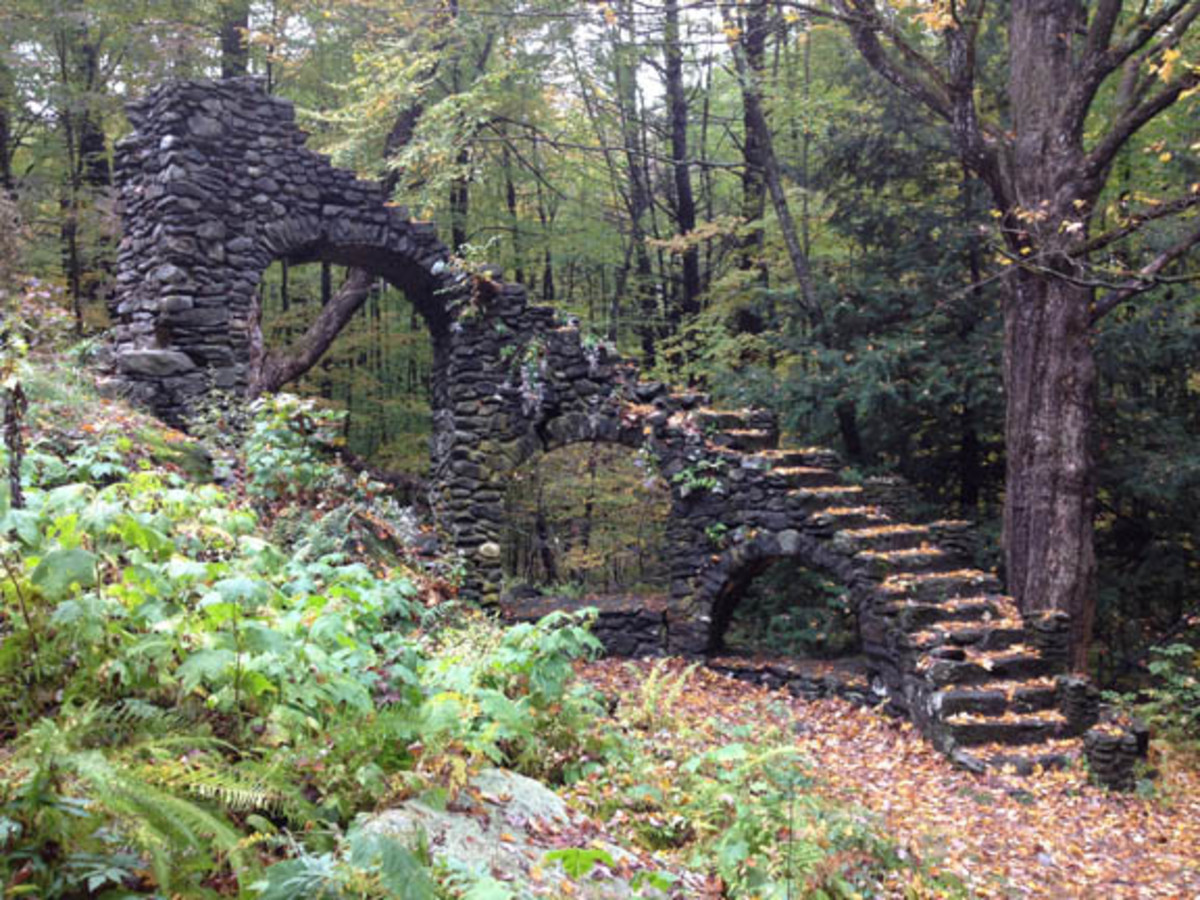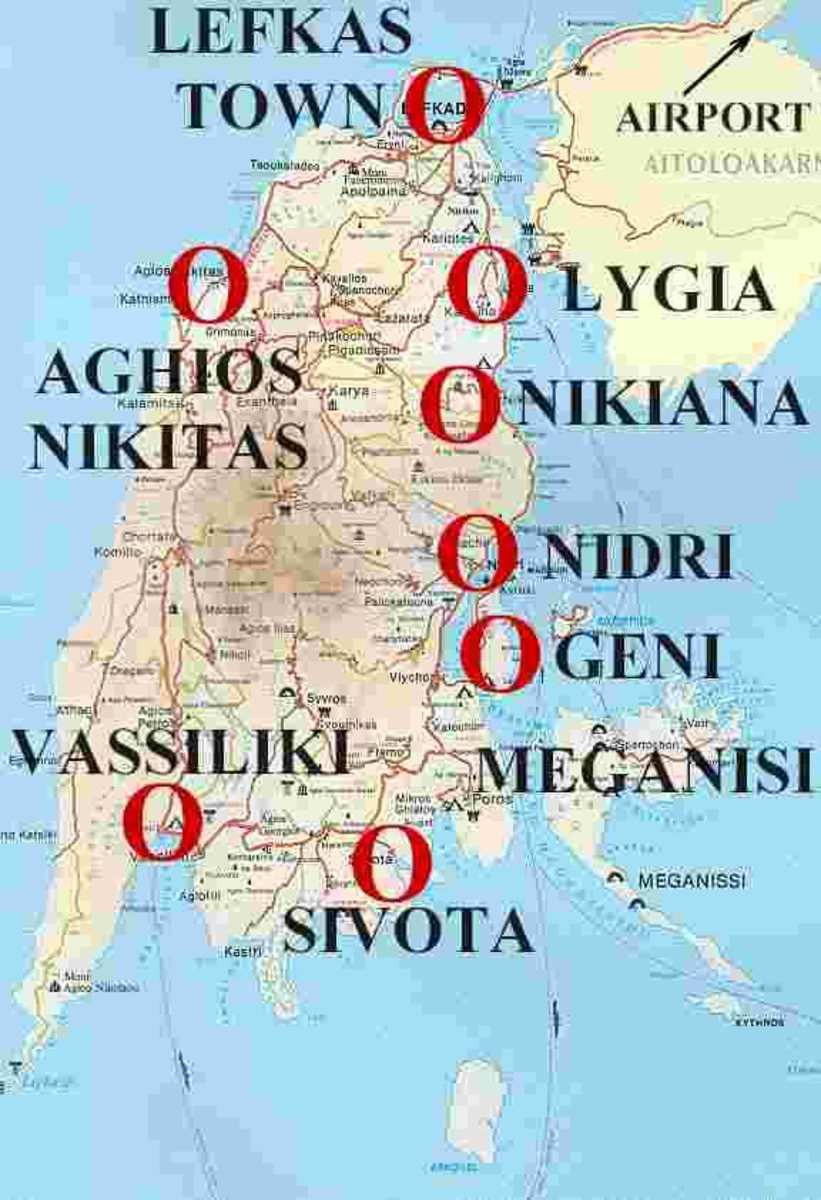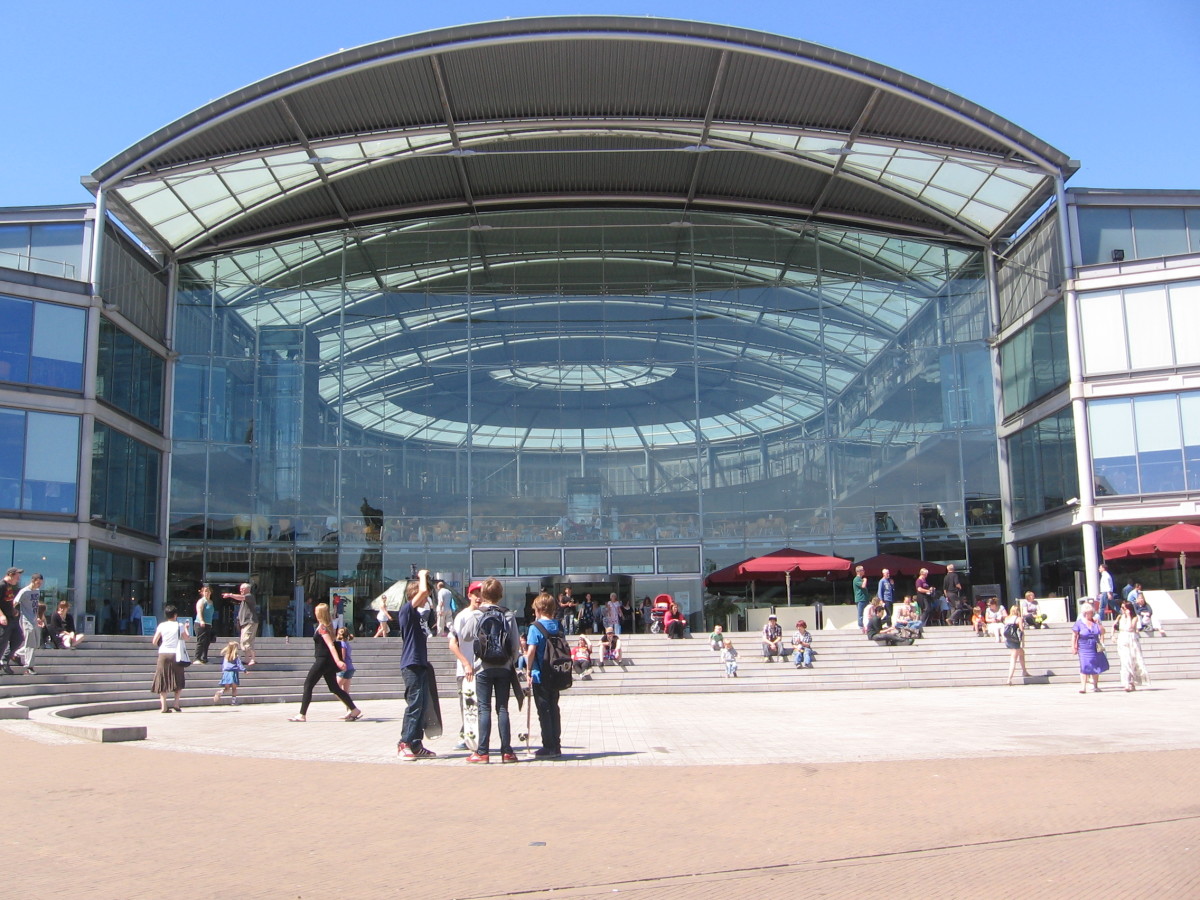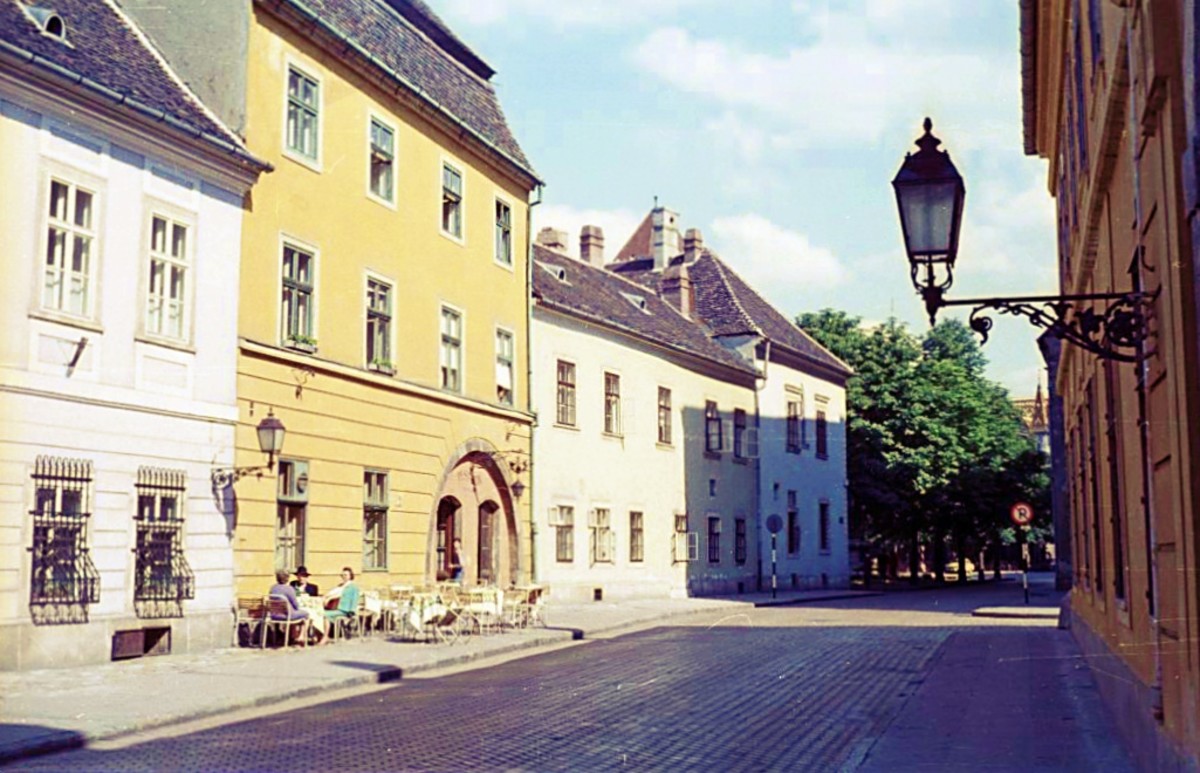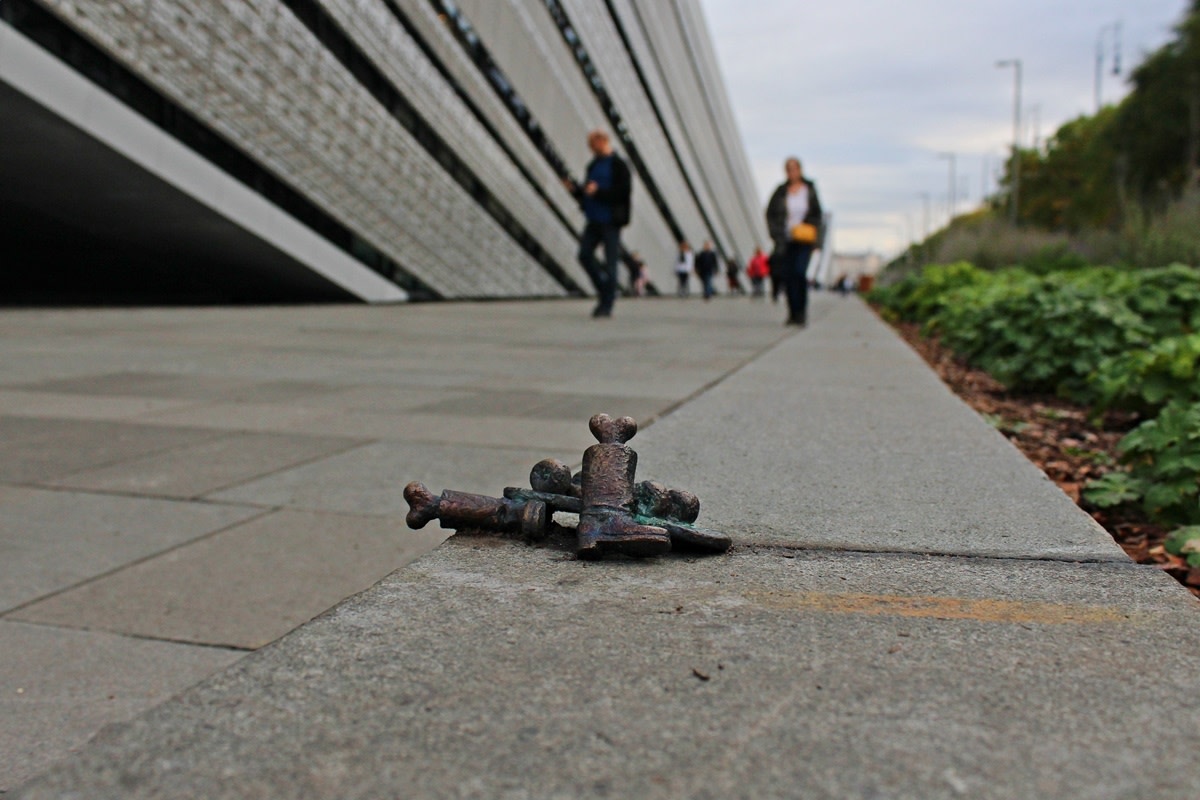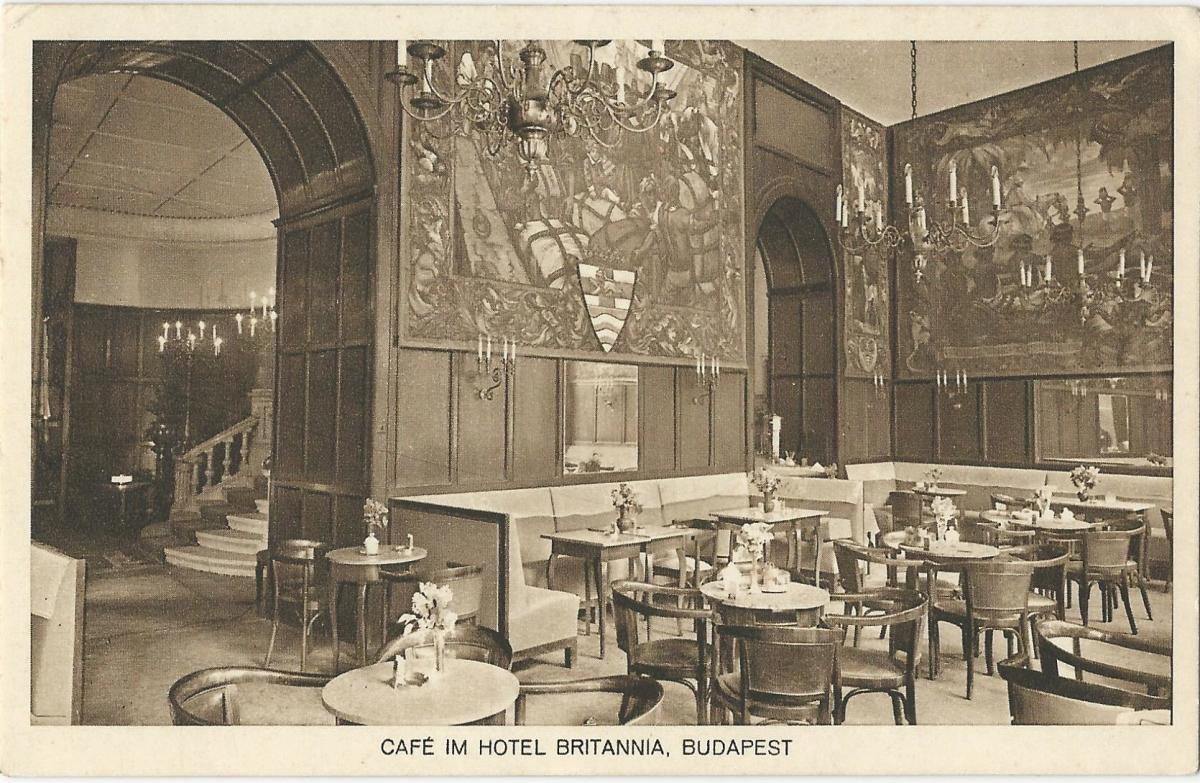Holloko – a village from the past

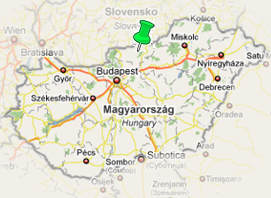
A little about the village
The village of Holloko is located in northern Hungary, almost 100 kilometers away from the capital city, Budapest. (By car it can be easily approached on the M3 highway – drive until Hatvan – then drive on the 21st main road until you reach Paszto, and finally follow the signposts by the road until Holloko – GPS coordinates: 47.999/19.588).
/ Route planning – by car: http://www.utvonalterv.hu/?lang=en/
The village is a very popular and interesting place among the Hungarians as well since this little hamlet is a pearl of our wealthy past and yet a modern tourist attraction. It consists of two main ‘parts’: the New Village (modern buildings, restaurant) and the Old Village. The latter has been listed as a UNESCO World Heritage Site in 1987 and gives place to many museums (keep reading for more info on the Old Village). The natural environment of the village is also protected.
A beautiful photo gallery about the village: http://hungarystartshere.com/photo/holloko/the-old-village-ofalu-holloko.
A video about this little village (with Hungarian commentary)
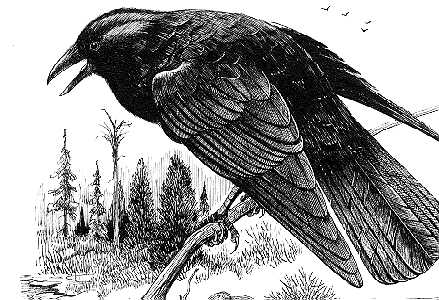
The legend of the village
According to the local legend, the owner of the surrounding castle-hill, Andras Kacsics kidnapped a beautiful woman, whose nurse was a witch. This witch made a deal with the devil to free the woman from her captivity. The woman was freed with the help of the children of the devil, who transformed into crows and took apart the building of the fortress. But the crows were clever, they not only took the building into pieces, but from the stones of this fortress they built the castle of Holloko on a nearby hill (‘hollo ’ means: crow, while ‘ko ’ means: stone). Local people say that crows are welcome in the region nowadays as well - the birds like to take a rest under the castle ruins.
The history of Holloko
The village of Holloko was well preserved during the centuries thanks to the protecting valley of the surrounding Cserhat Mountains, so the village could keep its original, enchanted beauty from the 17th century. The so-called ‘Paloc’ style of architecture of the village is the one with the best condition in Central-Europe. The inhabitants, the upper mentioned Paloc people built their houses on long, narrow plots perpendicularly to the central road. These houses usually had 3 main rooms in them: the pantry, the kitchen and the bedroom – plus a stable outside for smaller animals. Outside the houses had straw roofs that were supported by columns on both sides and also had long verandas along the building. The buildings were built from adobe and clay. The fronts of the houses (if you look at them from the main road) were richly decorated and full of flowers. The houses that we can see today were rebuilt in 1909 – in their original outlook -, after a huge fire completely devastated the village.
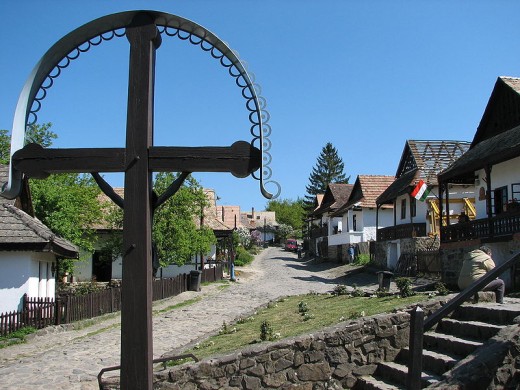
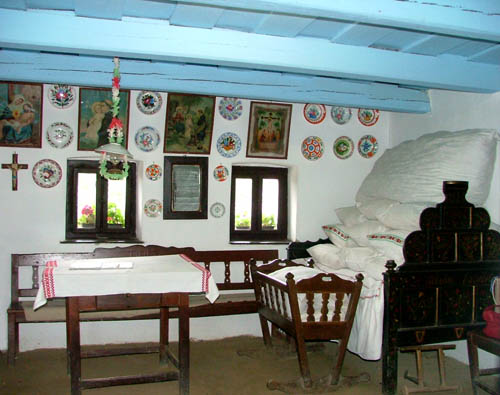
The Old Village
One part of the village is the Old Village that is protected by UNESCO and gives place to many interesting museums – there is a museum or craft master in almost each house of the village:
- Village Museum (Falumuzeum);
- Doll Museum (Babamuzeum);
- Post Museum (Postamuzeum);
- House of Folk Arts (Miveshaz);
- Weaving House (Szovohaz);
- many folk craft masters and workshops;
- Waxwork Museum among the castle ruins.
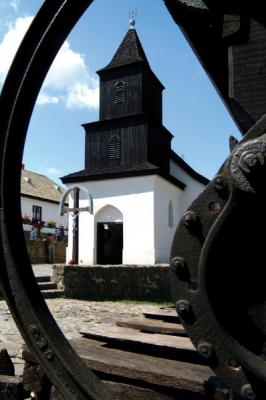
The church of Holloko
The first written source about the church of Holloko dates back to 1343, but that church was destroyed in the 16th century during the Turkish attacks in Hungary. The present, distinctive, roman catholic church of the village was built in the 19th century, in the middle of the village on a small ‘island’. The building was built from adobe and clay and has a charming wooden steeple, erected in 1889. In the church there is a pieta statue that was carved in the 17th century in the uplands of Slovakia.
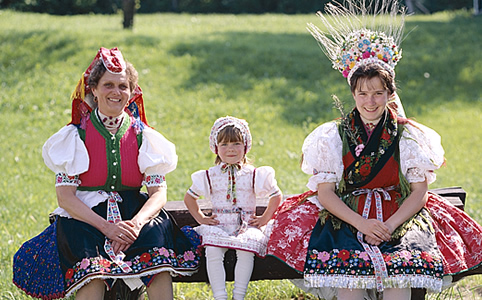
The inhabitants of the village
The people living in Holloko are the Paloc ethnical group with their richly decorated and colorful traditional costumes that evolved around the 1870s. The men usually wear black pants, embroidered shirts, colorful apron and black boots with black hats, while the women wear huge, pleated skirts, black aprons, colorful bonnets and white shirts with embroidered shawls. Their hair was braided and a band was tied to the end.
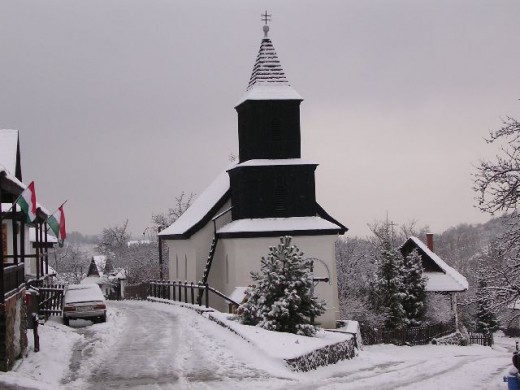
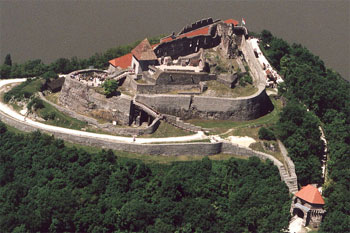
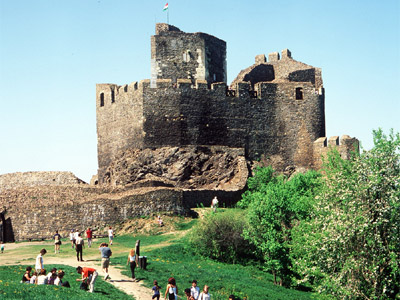
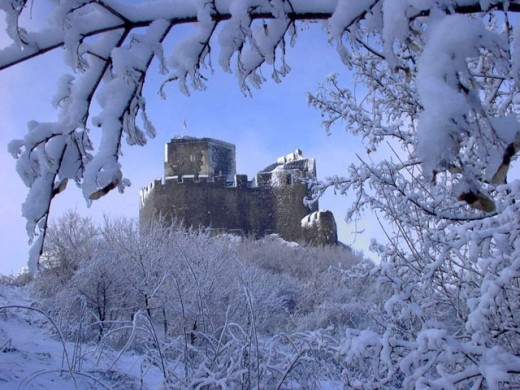
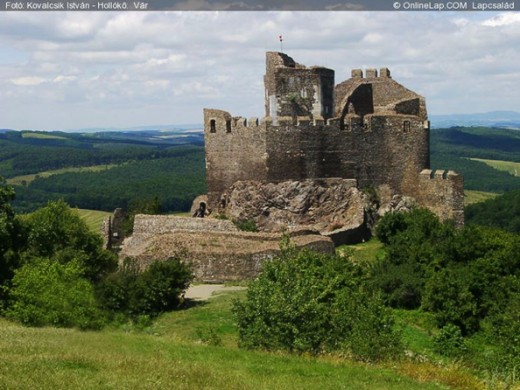
The Castle ruins
The history of the surroundings of the castle dates back to the 13th century, when the family that owned the territory started to build a castle here upon the command of the famous Hungarian King VI. Bela. The castle was first mentioned in a written source in 1310 as ‘castrum Hollokew’.
The castle was occupied by Turkish troops in 1552 and was only freed in 1683 by a Polish king. But after this the castle was abandoned and no one took care of the building, therefore it decayed through the ages until 1711, when upon a command of a king the local people started to demolish the castle. No one knows why, finally the ruins were not blown up, so the remains of the castle are in the best condition in the region.
Nowadays there are several buildings among the ruins; you can see a waxwork museum here as well. On whit Sunday and Monday and also on the national holiday on the 20th of August there are castle games organized to entertain tourists and local people.
Entrance fees to the castle (in 2014):
- adult: 700 HUF
- children, retired: 350 HUF
- family: 2100 HUF
Castle games (Varjatekok) on national holidays
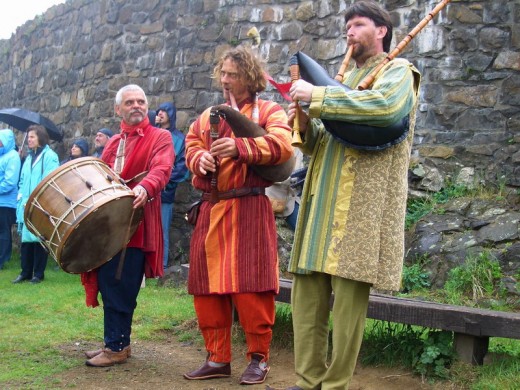
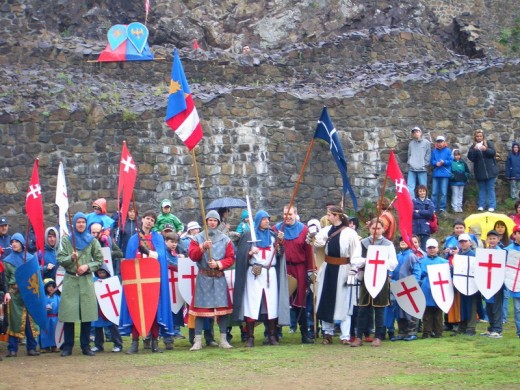
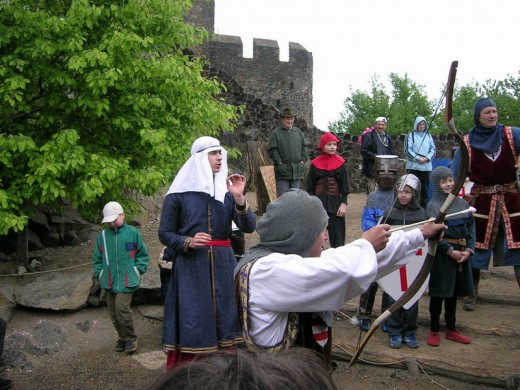
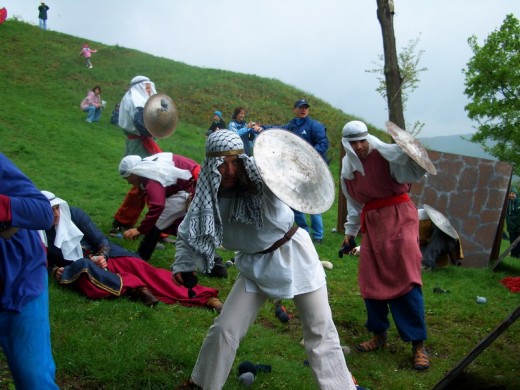
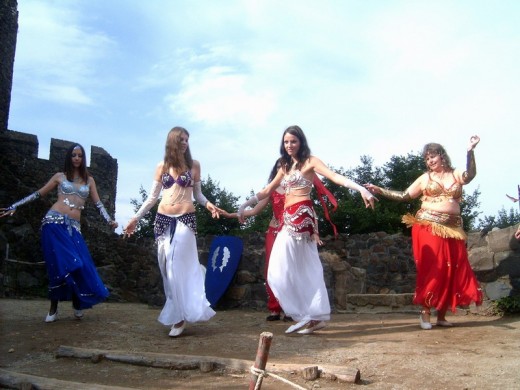
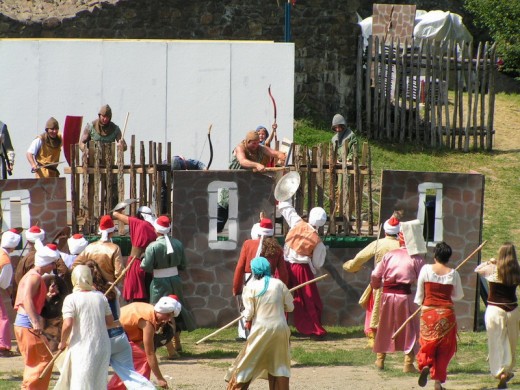

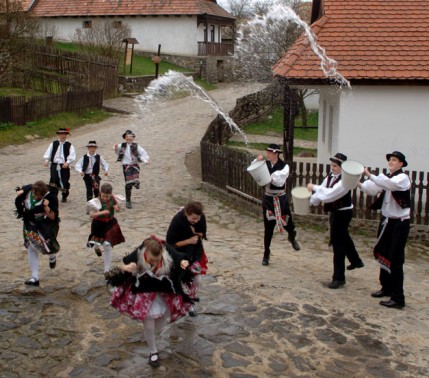
Easter in Holloko
In each year there are fantastic and colorful Easter celebrations in the village, when local people – both young and old - welcome the spring with traditional programs in historic costumes. Various performances are held on Easter Sunday and Monday, and moreover, visitors can try weaving, wood carving and pottery making in the handcraft workshops. But always pay attention to the local, young boys – they love to give a ‘little’ water-shower for girls during the Easter ritual.
Easter festivities in Holloko
Accommodation in Holloko
If you are interested in spending a few days in this beautiful little village, you can choose from 11 houses where you can have accommodation. Plus, if you would like to take part in some traditional activities, you can do this too! There are many options to have a nice meal here as well, so you can taste the local food if you would like to.
The Information Point for tourists can be found almost opposite the restaurant in an old house (Kossuth Street 68.).
Inquire here:
- Hollokoert Kozalapitvany - Holloko, Kossuth st. 68., H-3176 (Hungary)
- Telephone: 003632579010
- E-mail: hollokozal@mail.datanet.hu
What do you think?
If you would have the opportunity, would you visit Holloko?
Share your ideas!
Please feel free to comment on this hub, your feedback is very much appreciated!
Or, if you feel that you can write fresh, new ideas about this or a similar topic, just join our community and start writing!
© Copyright 2012-2014, Zsofia Koszegi-Nagy (zsobig)

My latest works on HubPages:
- Top 10 countries on the world you should see in your lifetime
Have you ever thought about which country should you visit next? Here are some lovely tips for you about the best places and attractions of the world! - Heviz – the source of life
Heviz is a very popular spa in Hungary. The Lake of Heviz is world-famous since this lake is the biggest thermal lake on the world that lies on a turf basin. Great place for some relaxation and for some medicinal bath! - Holloko – a village from the past
Holloko is a beautiful little village in Northern Hungary. Its charming calmness and many interesting museums make Holloko a very popular place for tourists and Hungarian people as well, especially during the Easter celebrations when there are many a - Beautiful Budapest
Budapest is the capital of Hungary, that is a country located in Central-Europe. This city has many interesting venues you must see at least once in your life: the famous Chain Bridge, the charming Castle District or the Vajdahunyad Castle are only 3 - Hungary, the heart of the Carpathian-basin
Puskas, Goulash, paprika, Gundel pancake, nokedli, Dobos cake, langos, Lake Balaton, Danube, Tisza, Budapest. Maybe these are the most known words about Hungary. But would you like to know more? If your answer is 'yes', please accompany me for this v
© 2010 Sophie


